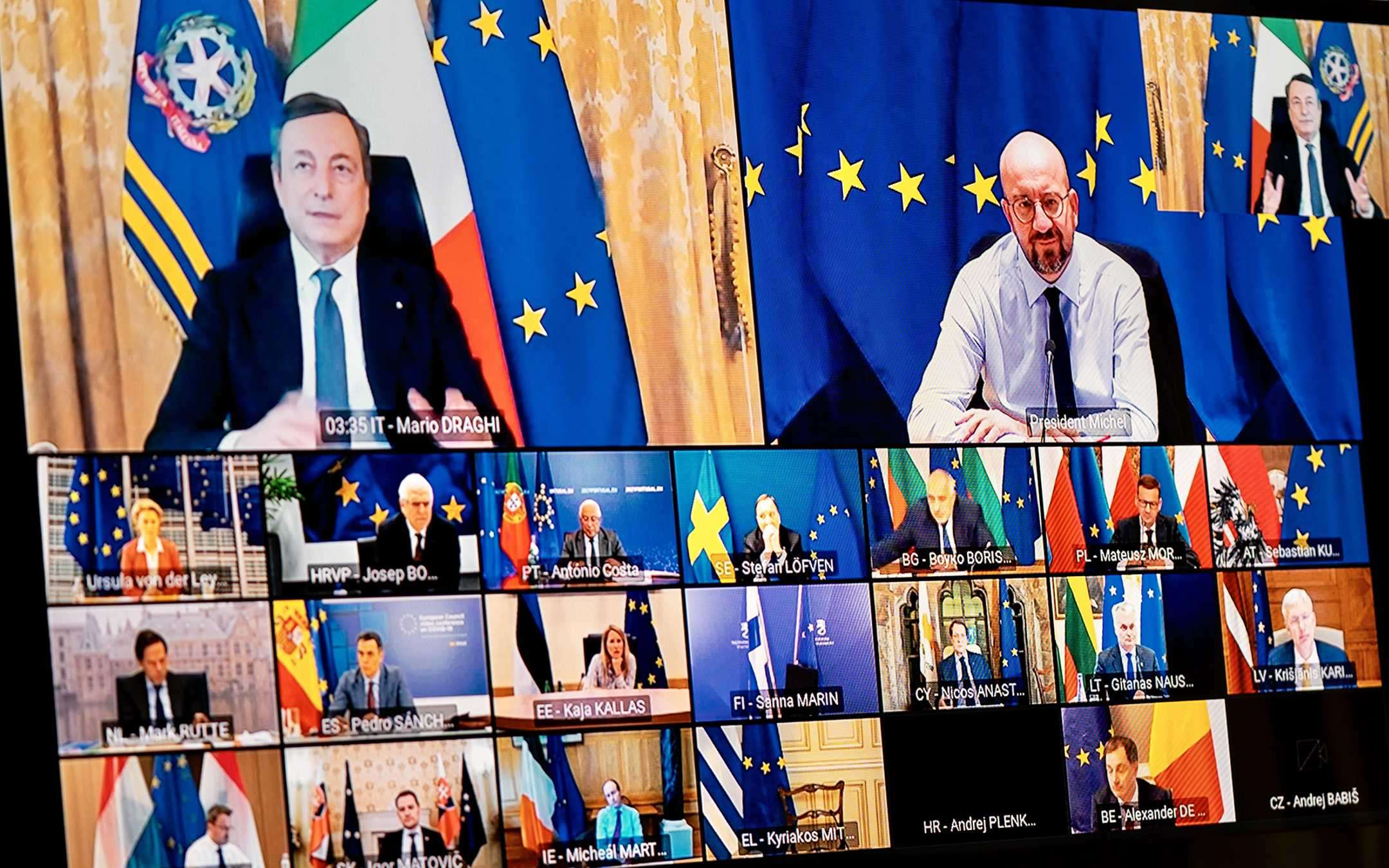Video calls tire us out for four reasons

Lessons on Meet? Meetings on Zoom? Discussions about Teams? Anyone who has lived through these experiences will be able to identify habits in these four drivers that, minute by minute, weigh down the day online and make it more difficult to keep one's study or work performance high. What the research has carried out is a real deconstruction of the online experience, analyzing every single movement or action that the operation entails.
Too many glances
The first problem is related to the unnatural face-to-face interaction that, in front of the screen, places each interlocutor in front of many faces at the same time. This creates a new prospect, creating greater performance anxieties and forcing self-control: always feeling observed, in fact, one tends to keep part of the concentration reserved for self-control, in the awareness of being seen by each of the participants in the video call.The bulletin board with faces therefore creates a creeping anxiety that in the long run becomes exhausting, since there is a tendency to give priority to the control of oneself and one's image over what should instead be the priority contents.
Selfie
During the chats you spend a lot of time looking at yourself. This arises from the fact that having a window open on you to be able to check the shot, this increases the time you look at yourself while talking to others. Towards oneself, however, one tends to be hypercritical and this entails a high rate of stress and continuous shifting of the gaze from the face of others to one's own.Once again, in short, an anomalous way of looking at the reality discussion involves a high level of stress that we are not yet used to.
Mobility
Video chats do not involve moving to a meeting room, they do not oblige us to travel, they do not force us to change the room in which we are operating. Although these are objective advantages and have a great impact on costs and time of work, at the same time they sink our natural mobility and with it that possibility of evasion from the work flow. Moving means recharging your concentration, it means moving your muscles and giving oxygen back to the day. A sedentary lifestyle is a problem, but video calls risk becoming a real enslaving element that paradoxically imposes presence even worse than the office habit did.Overload
Visual communication is full of non-verbal communications made up of looks, posture, hints, expressions. Added to this is the interaction with the instrument, the attention to the frame, the ambient brightness, the background that is used. This information overload clearly makes an interaction more tiring which, on the other hand, should be completely natural and therefore free from any friction.Solutions?
Solutions exist. In the first case, for example, it may be sufficient to reduce the window and avoid giving too much importance on the screen to the faces of others: fewer crossed glances reduce performance anxiety. In the second case, you can reduce the visibility of your face and add the possibility to hide it completely on the platforms. In the third case, the suggestion is to space the video camera to allow greater margins of movement, to allow movement in the room, but also to imagine periods of complete detachment to favor non-verbal interactions. In the fourth case, the advice is to also rely on voice-only communications, thus lightening the workload through a break from excessive online visual communication.An important research, therefore, because it outlines the possible interventions that platform managers will be able to take this into consideration during the next updates. Improving the experience, in fact, can radically change the role of remote work, further increasing performance and lowering the resistance that could develop over time towards these methods of interaction and collaboration.
Source: Stanford